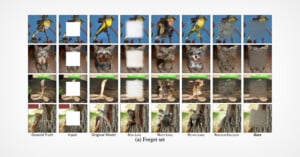
New ‘Machine Unlearning’ Method Aims to Deal With Problematic AI Data
The machine-learning world just got stupider, and that's a good thing.

The machine-learning world just got stupider, and that's a good thing.

Apple appeared content to sit by the sidelines as the AI craze took the tech world by storm last year, but that has changed. Apple is all in on AI, and it seemingly happened in the blink of an eye.
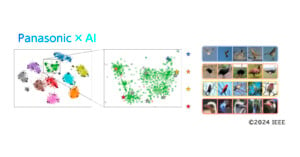
Panasonic announced that it developed a new image recognition AI that has a new "classification algorithm" that is more accurate than conventional methods.
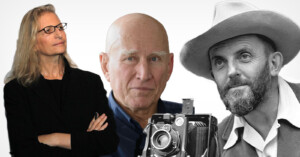
Court evidence has revealed a huge list of artists' names kept by Midjourney whose style the AI image generator allegedly wanted to copy. This list includes dozens of photographers.

Adobe Stock has put a call out for 1,000 photos of bananas to help train its AI image generator -- And the company is offering $60.
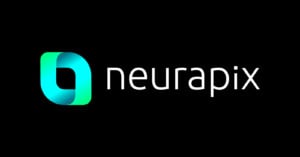
Neurapix is a Germany-based startup that has created an AI editing platform that learns a photographer's style and applies it to batch edits. Now, what used to take a batch of 500 training photos is being reduced to 20.
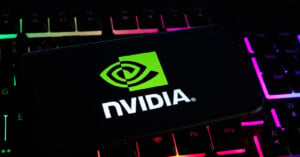
Google DeepMind's co-founder has given an interview where he asserts that Nvidia computer chips should only be sold to ethical AI companies.

In the first such declaration of its kind, Japan has seemingly asserted that it will not enforce copyrights when it comes to training generative artificial intelligence (AI) programs.
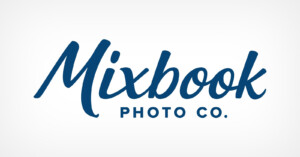
Mixbook, an online photo book service, has updated its app with the ability to organize photos in a camera roll "based on the story they tell" using machine learning.

The artificial intelligence-powered (AI) photo editor Neurapix has unveiled a new service that is able to deliver edited photos in real-time by eliminating the upload and download to and from the cloud steps entirely.
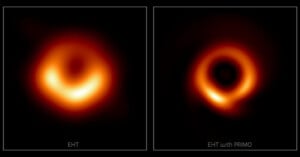
A team of researchers has developed a machine-learning technique to give the first-ever image of a supermassive black hole a new, sharper look.
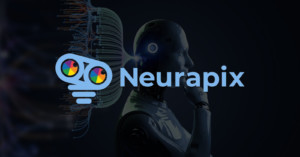
Neurapix says it has accelerated its artificial intelligence (AI) software and is now able to learn a photographer's style by analyzing a fraction of the photos it used to need -- up to 24 times as fast.

A new app aims to sift out the bad photos and recommend the "best" ones in a user's camera roll.
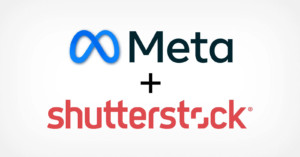
Meta and Shutterstock will expand their business partnership, allowing the social media company to train its artificial intelligence and machine learning systems on Shutterstock's collection of millions of images.

Germany-based startup Neurapix says it has created an artificial intelligence-based software that can learn from previously edited images and apply it to new photos at a blistering speed of up to 600 photos per minute.
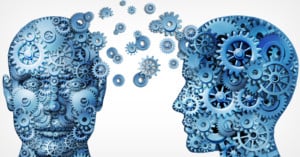
As the penny drops with photographers and artists alike that their images have been used to train AI image generators on a monumental scale — the backlash is growing stronger.

Tech startup BOOM, which said it wanted to be the "Amazon for photography," has allegedly failed to pay photographers that it inherited from its acquisition of LemonOne due to financial difficulties.

A woman created an artificially intelligent (AI) infrared camera rig using a Rasberry Pi to monitor her cat's poop after she discovered it was eating plastic.
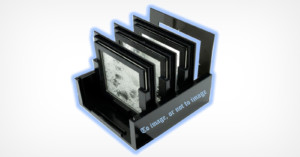
Scientists from UCLA are attempting to address issues of privacy by developing a new artificial intelligence (AI) camera that only records specific targets and actively erases everything else.
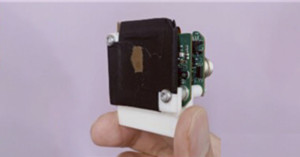
Due to physical limitations, cameras can only become so small before they simply cannot shrink anymore. But a new lensless camera design could change that.
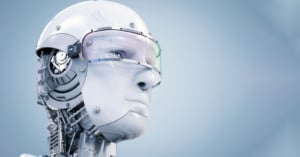
Researchers from Cornell University have announced a state-of-the-art breakthrough in visual machine learning that allows robots to understand objects that are obscured by other objects.
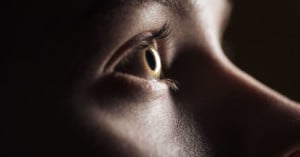
A team of scientists has created an algorithm that can label objects in a photograph with single-pixel accuracy without human supervision.
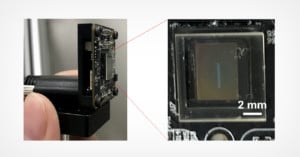
The development in metalens technology continues, and researchers have designed a new compact camera that takes high-quality wide-angle photos and eliminates the typical bulk of optics.
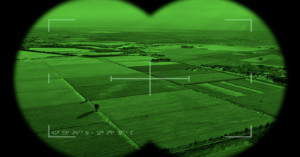
Scientists from the University of California at Irvine have developed a camera system that combines artificial intelligence (AI) with an infrared camera to capture full-color photos even in complete darkness.
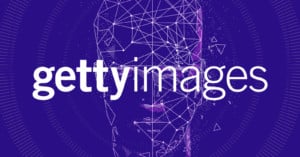
Getty Images has announced what it says is the industry's first model release that reflects advancements in data privacy and security as well as covering artificial intelligence, machine learning, and biometric data security.

Researchers from the Max Planck Institute for Informatics and the University of Hong Kong have developed StyleNeRF, a 3D-aware generative model that creates high-resolution photorealistic images that can be trained on unstructured 2D images.

Artificial Intelligence-powered (AI) culling software Aftershoot uses machine learning to automate the time-consuming process of culling photos. Its latest update reduces storage requirements by 90%, adds support for HEIC, time syncing, and more.

Fylm.ai was originally created with professional video color grading in mind, but the browser-based editor recently added support for RAW photos. That sounds nice, but does it have something unique to offer a relatively crowded space?
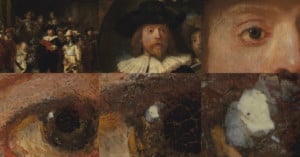
The Rijksmuseum in Amsterdam has released an interactive photo of The Night Watch painting by Rembrandt in a staggering resolution of 717-gigapixels. The museum claims it is the highest resolution photo of artwork ever captured.
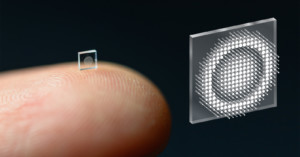
Researchers from Princeton University and the University of Washington have developed a high-resolution, full-color camera that is the size of a grain of salt that is the next generation of metasurface technology.